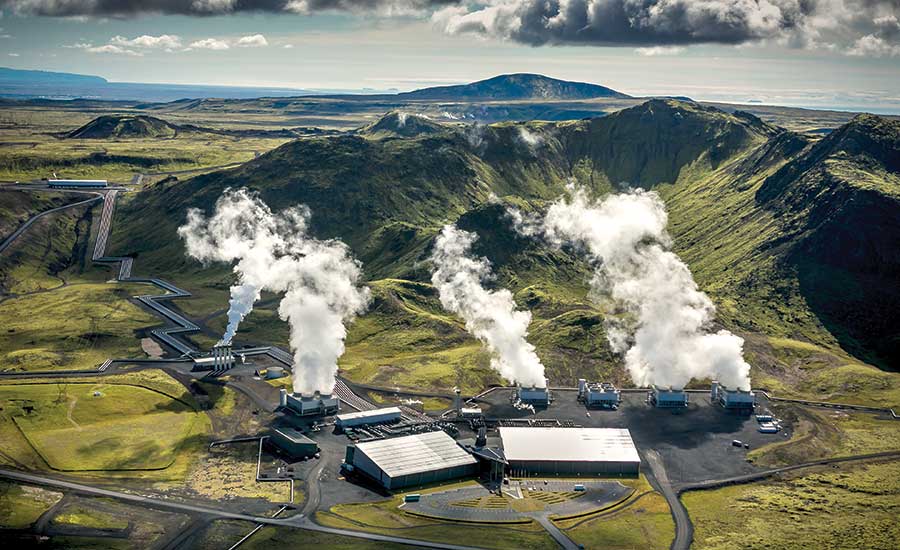A new National Academies of Science, Engineering and Medicine report could add momentum to negative emissions technologies, which can remove carbon from the air.
The report, released Oct. 24, concluded that a substantial research initiative should begin as soon as possible to learn more about the impacts, limitations and scalability of negative emissions technologies. The report authors said NETs, which remove carbon dioxide directly from ambient air or enhance natural carbon sinks, could be scaled up to capture and store a significant amount of global carbon emissions, but not enough to prevent a global temperature increase of more than 2° C. More research is needed to understand how to overcome existing constraints on the technologies, such as high costs and energy requirements, according to the report.
Once met with skepticism for being impractical or even dangerous, NETs are beginning to garner a wide spectrum of support, from oil and gas interests to environmental advocates. Because they remove CO2 directly from the air, NETs differ from traditional carbon capture and storage (CCS) technologies, which remove CO2 from large point sources such as coal power plants. According to the National Academies report, storing CO2 from NETs has the same impact as preventing the same amount of emissions from occurring at all.
“Reducing emissions alone is unfortunately not going to get us there. It’s kind of too late for that,” says James Mulligan, an associate with the World Resources Institute. As a result, “If we hope to hit those targets in a way that doesn’t totally upend the economic stability of the planet, we’re not only going to have to reduce emissions, but we’re also going to have to figure out how to take a lot of carbon out of the atmosphere.”
Two NETs carry enormous potential: direct air capture (DAR) and mineralization, according to the report. DAR uses chemical processes to snatch CO2 directly from the air, concentrate it, then sequester it into a storage reservoir. Carbon mineralization accelerates the process by which CO2 from the atmosphere chemically bonds with reactive minerals. Both of these technologies are still in the embryonic stages, however, with either too high a cost, or too little understanding to be currently effective, says Stephen Pacala, a Princeton University professor and chairman of the committee that wrote the report.
That could change within a decade with government agency support or through public-private partnerships that encourage startups to study, test and develop these technologies, he added.
Some startups are already venturing down that path. Three have built pilot demonstrations or commercial-scale projects using DAR: U.S.-based Global Thermostat, which recently completed work on a unit at a Huntsville, Ala., plant that produces carbonation for beverage producers; Switzerland-based Climeworks, which incorporated a DAR unit at an existing geothermal plant in Hellishedi, Iceland; and Canadian firm Carbon Engineering, which is moving toward the commercialization of a process to convert CO2 into a transportation fuel (ENR 6/20).
Other NETs involve reforestation, changing agricultural practices to enhance soil carbon storage, using biomass produce electricity with CCS and enhancing the amount of carbon stored in coastal ecosystems, the report said.
In addition to mitigating climate change, NETs could open an untapped market. The question for U.S. agencies, business and engineering firms, say Pacala, is: “These sorts of technologies are going to become a big market. Are U.S. companies going to benefit or not?”
Addison Stark, associate director for energy innovation at the Bipartisan Policy Center, agrees. “While the challenge may seem daunting, companies around the world are already showing that carbon removal and direct air capture works. With strong research investment in key areas that today’s report outlines, the United States is well poised to pioneer breakthroughs that reduce carbon pollution and reassert our global technology leadership.”



Post a comment to this article
Report Abusive Comment